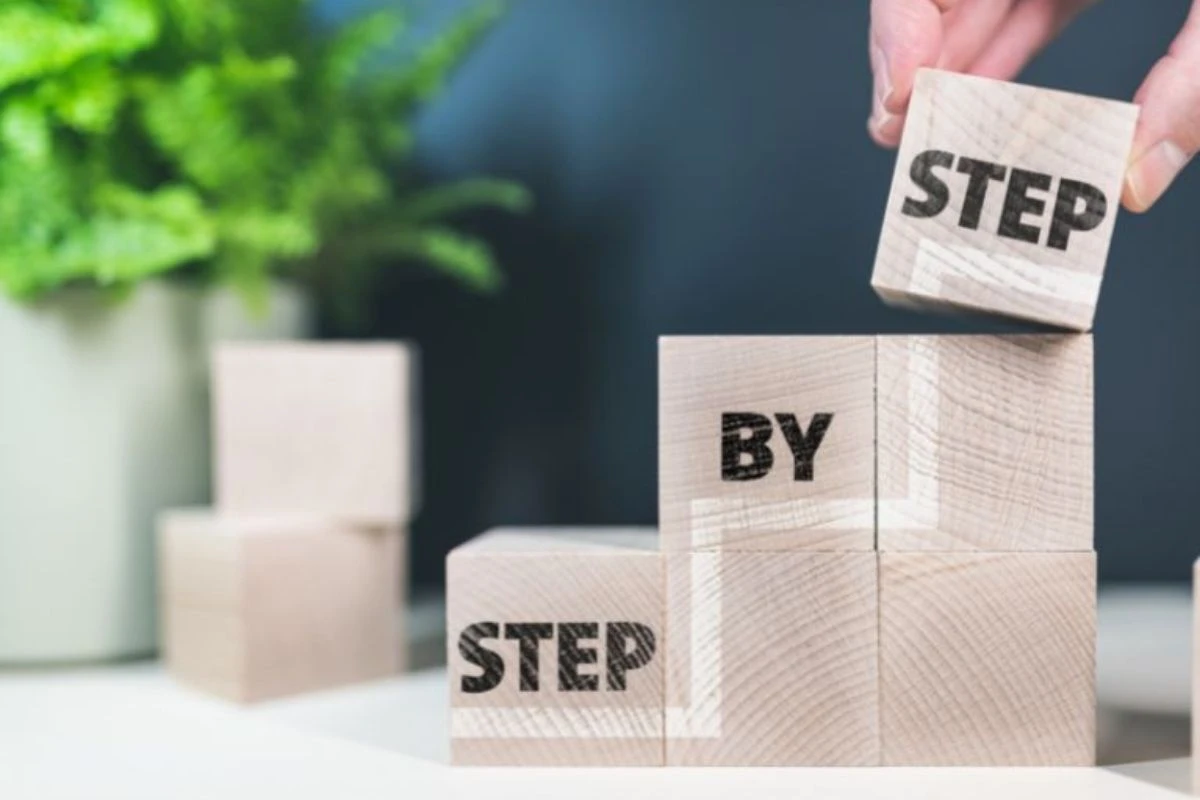
How It Works
If you've never worked with a professional organizer before, you may be curious about how the organizing process works. Though every person and their home are different, most homes can be organized using the same series of steps.
Below I've outlined the steps of a typical project from beginning to end. Not every project needs to do every step and the steps don't always need to be done in the same order. However, the following order typically works best for most projects.
Step 1: Assessment
- To start your project we will discuss the specific needs, goals, ideas and challenges for each space to be organized. We will be looking at the current set up, design and systems in each of those spaces along with furniture placement. Finally, we will discuss items for donations, recycling and trash. The initial assessment takes between 30 minutes to one hour. Each project day starts with a debrief and a re-assessment usually lasting about 15-30 minutes.
Step 2: Space Design/Re-Design
- To improve efficiency and functionality of a space, it may be necessary to design or re-design the space to be organized. That may involve rearranging furniture and shelving racks or adding furniture and storage solutions. Depending on the level of clutter, rearranging and redesigning may take place prior to sorting or after a level of sorting has been completed.
Step 3: Sort
- In this step, items will be sorted into categories of like with like. Typically, un-contained, visual clutter found on flat surfaces such as tables, floors and countertops will be sorted first before contained items such as in drawers and on shelves are addressed.

Step 4: Purge
- Once items are grouped in categories of like with like, decisions will need to be made on what stays and goes. This will either happen during the session or after the session on your own time. You will learn my favorite purging tips and tricks to help make the purging process easier, faster and more enjoyable.
Step 5: Place
- Now that your items have been sorted and purged, the next step is to decide where to place them. Deciding where to put your things depends on several factors such as frequency of use, weight and where their currently stored. Properly placing items is an important step. The easier your things are to find and put away the easier it will be for you to keep your things clean and organized.
Step 6: Contain
- Containing items helps keep them organized, improves efficiency by making things faster to find and put away, makes cleaning easier and minimizes overbuying. Should you need any organizing containers or storage solutions beyond what you already have, we will make our recommendations at the appropriate time based on your budget, space and aesthetic preferences.
Step 7: Label
- To easily identify what's in a bin, it's important to label the bins. Without labels, a space can become quickly disorganized making it difficult to find and put things away. During the process, sticky notes are used as temporary labels. Depending on time available, complete labeling of all containers may not be possible and may be left as homework if necessary.
Hopefully this gives you an better idea of how a project typically goes. It will make more sense as we go through the process. Each step is an opportunity to develop the skills necessary to effectively work through the organizing process from start to finish. As you go through each step, you will learn more about yourself and the others that live with you. This insight and skill set will prove to be invaluable in your future organizing success!

